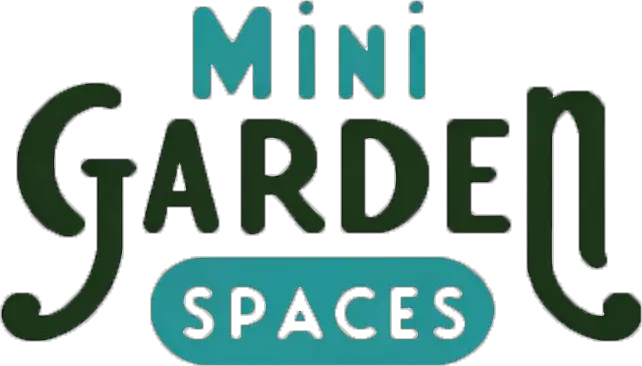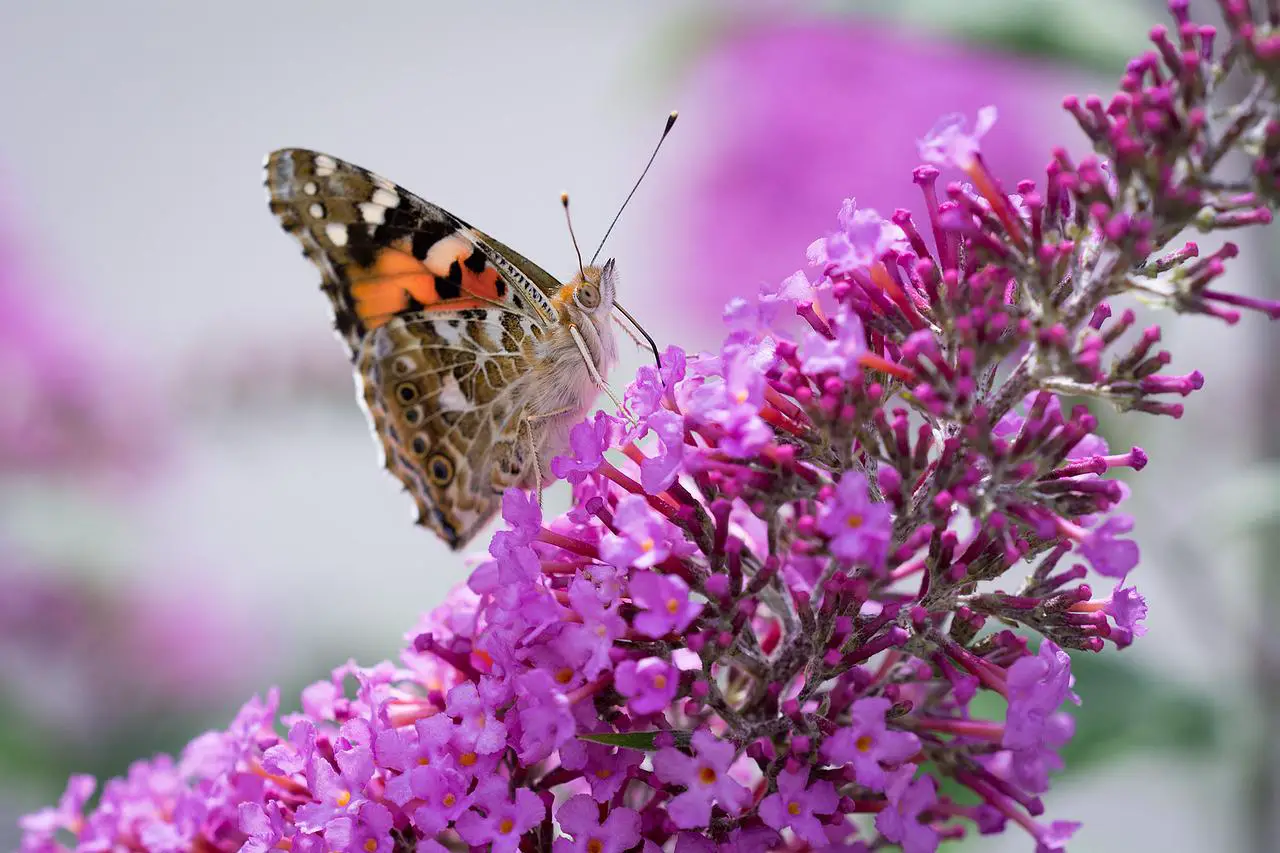How to Create a Butterfly Friendly Garden
June, 2022 |Creating a butterfly garden in your backyard is a great garden style idea that can help local wildlife and create an incredibly attractive garden space too.
You don’t need acres of space to provide a vital food source for our fluttering friends. Window boxes, containers, and small borders can all be filled with a range of butterfly-friendly plants.
All butterfly-friendly plants produce attractive, fragrant blooms that will make your garden look and smell fantastic. Creating a beautiful relaxing space for you, and a vital refreshment for butterflies, moths, and other pollinators too.
Below we cover several easy-to-follow steps that will help you create your own beautiful butterfly-friendly garden.

How do you make a butterfly friendly garden?
1. Research and plan: Before you start choosing plants, find out which butterflies and moths you have in your area. This will allow you to pick the best plants for adult butterflies to feed, but also plants that support the rest of their life cycle.
2. Choose the right plants: We’ve listed several plants below which will provide a vital food source for many butterfly species. If you’re trying to help out Monarchs, check out our list of plants for Monarch butterflies.
3. Plant them in the best spot: Make sure you place your flowering plants in a sunny place. It also helps to know how large plants will grow, to help you decide how to position them in borders or containers.
4. Ongoing butterfly garden care: Once everything’s planted, there are additional things you can do to attract butterflies but also keep them safe. This includes trimming plants to promote growth, leaving out extra food, and avoiding pesticides.
What attracts butterflies?
One of the best ways to attract butterflies is with plants that produce lots of sweet nectar. Different butterflies will like different colors, scents, and flower shapes. So make sure to include a variety of plants to appeal to a wider range of butterflies.
Butterflies are also attracted to sunlight. They’re cold-blooded and can’t control their own body temperatures, so rely on sunlight to keep warm.
That’s why we rarely see butterflies on cold, rainy days! Make sure that your butterfly-friendly garden plants are in the sunniest spot in your garden.

Which plants attract lots of butterflies?
Most butterfly and moth species have a selection of favorite plants, but these garden plants are irresistible to a wide range of species.
1. Non-invasive Buddleias
Otherwise known as the ‘butterfly bush’, buddleias produce spires of purple, nectar-filled flowers that butterflies love. Originally native to Asia, they can spread quite quickly and may be considered invasive in some areas, so opt for non-invasive varieties like ‘Miss Molly’ and ‘Blue Chip’.
Other butterfly-attracting alternatives to buddleia include Virginia Sweetspire or New Jersey Tea!
Blooms: from mid-summer to early fall.
Height: 3-12 feet.

2. Coneflower (Echinacea)
The coneflower, otherwise known as Echinacea, is a highly attractive and beneficial butterfly plant. Their large, daisy-shaped flowers hold plenty of nectar.
With coneflowers, you’ll attract skippers, swallowtails, and even some fritillaries, among many other species. Coneflowers are also a great medicinal plant to grow too.
Blooms: Mid-summer to fall.
Height: 2-3 feet.

3. Verbena
The delicate purple flowers of verbena sit on long thin stems which are great for adding height to borders and containers. Their fragrant flowers also attract lots of butterflies with their rich nectar stores.
Blooms: Mid-summer to fall.
Height: 2-4 feet.

4. Milkweed
Monarch butterflies love milkweed. It’s one of the best plants for the Monarch butterfly. The adult butterflies feed on their nectar and caterpillars feed on the leaves.
Some ornamental milkweed varieties don’t attract butterflies, so double-check which variety you’re planting. Milkweed also attracts the beautiful Eastern Tiger Swallowtail.
Blooms: Throughout summer.
Height: 2-4 feet.

5. Goldenrod
Goldenrod is a vital late nectar source for many butterflies. Its cheerful yellow flowers can also brighten up small spaces.
Blooms: Mid-summer to mid-fall.
Height: 3-4 feet.

6. Salvias (ornamental sages)
Known for their spires of purple flowers, salvias are another highly attractive garden plant that can also attract lots of butterflies. Salvias are also a really traditional cottage garden plant, and the purple and pink spires can add an informal charm to a small garden space.
There’s a huge variety of colors and shapes to choose from, but some popular butterfly salvias include woodland sage and the bright red autumn sage.
Blooms: Late spring to late summer.
Height: 1-5 feet.

Other ways to attract butterflies
Filling your garden with butterfly-friendly plants full of nectar is a fantastic way to attract butterflies. But there are other ways you can attract butterflies and provide them with food too.
- Create a butterfly feeding station with fermenting fruit. Instead of composting overripe fruit, leave them on a small plate or platform. Fruits like apples, pears, oranges, and nectarines will attract a variety of butterflies on a warm sunny day.
- Many butterfly and moth species need a dry sheltered place to form chrysalises. You can use large logs or branch piles in between your nectar-rich plants to provide safe spaces for your butterflies. You might even add a wooden butterfly house to your garden. They can use this to shelter in windy weather or hide from predators.
- Like all animals, butterflies need minerals and water, especially salt. This is why you may have seen butterflies hovering around the eyes of alligators or the arms of people trekking in rainforests. To help them out, you could create small waterlogged areas of ground in your garden to give butterflies a space to drink and take on vital minerals.

Common garden activities that can harm butterflies
Using insecticides and pesticides in your garden can harm butterflies and caterpillars. Most of these chemicals are indiscriminate, which means they kill any insects, not just the pests. That means vital bees and beautiful butterflies could be harmed too.

We’re used to gardening advice telling us to remove weeds. But to keep garden wildlife happy, it can be really beneficial to let some areas grow wild.
Even if you let a tiny area in a small garden flourish with wildflowers and weeds it can make a big difference. Plants like nettles and thistles are the favorite food plant of some butterflies and caterpillars.
Butterfly friendly garden for endangered butterfly species
If you have any endangered butterflies in your area you can help to conserve them by creating a butterfly garden. The most endangered species in the US is currently the Karner Blue butterfly.
The Monarch butterfly is another well-known, threatened butterfly species. Plant their favorite food plants to give them a helping hand. We’ve created a list of plants that Monarch butterflies rely on.

Whether your mini garden space is in the city, out in the suburbs, or more rural, a butterfly garden is a fantastic way to support your local butterflies. On warm sunny days, you’ll soon see a big increase in the number of fluttering visitors in your garden.
You could dedicate your entire garden to butterflies, or simply add a few containers to give these beautiful garden visitors a boost. It’s a fantastic garden style idea to make the most of a small space.
- Choose the best plants for the butterflies in your area
- Add a mix of plants that butterflies can use for food, but also a place where they can lay their eggs and where caterpillars can thrive.
- Place the plants in a sunny position
- Keep things organic and avoid all pesticides and insecticides.
- Enjoy the sight of these valuable, colorful creatures in your garden.
Gardening for other pollinators
If you’re looking to invite more wildlife into your garden, check out our recommended list of plants for hummingbirds too!






